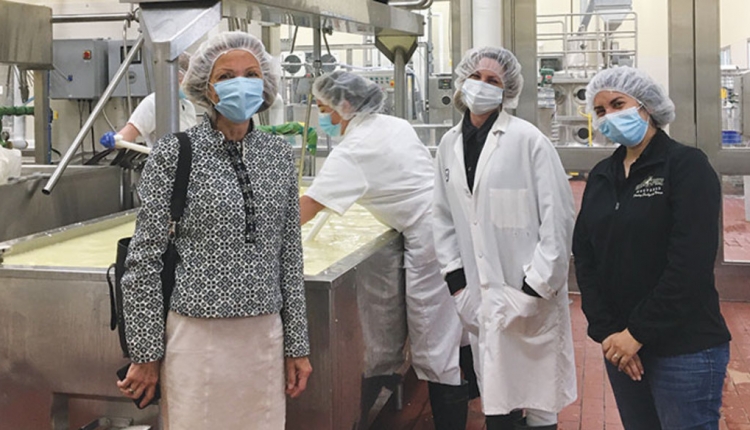
People want to effectively communicate. Not only is this part of human nature, but it makes every workplace run more efficiently. However, it’s also the biggest hurdle on many dairy farms.
“It’s being able to offer an explanation for what you want to communicate. That’s probably the biggest challenge we face every day,” said Becca Walters, herdsman and farm personnel manager.
Marcela Martinez of Penn State Extension said that when people don’t share a common language, it’s also important to pay attention to nonverbal cues.
“When you talk to the guys and they nod, that doesn’t mean yes. It means, ‘Yes, I hear you are talking,’ but that doesn’t mean they are understanding . . . so the communication is really big,” she said during the Penn State program, “Dairy Workforce Focus: Round Table Discussion - Workforce Successes and Struggles.” As the panelists shared their perspectives, all agreed that the English/Spanish language barrier on farms impedes communication.
On Walters’ farm, Becca found that having a game plan of exactly what needs to be communicated has helped.
John Proskine, herd manager, says that posting parlor data each day, as well as seeing everyone daily face-to-face, has helped bring employees and managers together.
“Most of these guys are very interested . . . they need to know that stuff. I try to see all the employees on a daily basis . . . but just being there, and saying hello, and walking through and asking if there are any problems or questions is something I do now more than I used to,” he said.
Working with training through the Farmers Assuring Responsible Management (FARM) program, as well as improving training procedures in general, also improves farm management.
New school meetings
“Daily basis communication has a great impact on how we manage our personnel,” said Adrian Barrigan of Penn State Extension. “The old mindset was we’re having a meeting because there’s something wrong . . . it’s changing the mindset to being more proactive . . . and showing the goals. What are our goals, are we meeting them, are we not?”
Barrigan also added that an important part of training is providing time for feedback.
“Another thing I emphasize is — they are the ones who are with the cows 24/7, more than any of us. They know a lot, and they see things we don’t see. Allow them to communicate and provide you with feedback, because it’s really useful,” he said.
By holding training meetings that concentrate on asking for feedback, managers can communicate this desire through their actions, not just their words.
“We’ve made progress as an industry in that area. The focus is on improvement, rather than on what’s wrong,” said Lisa Holden of Penn State Extension.








